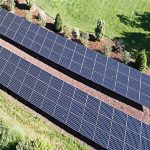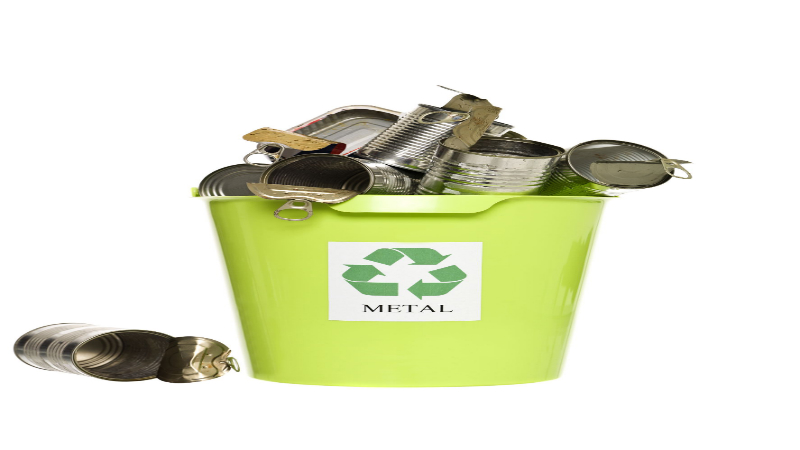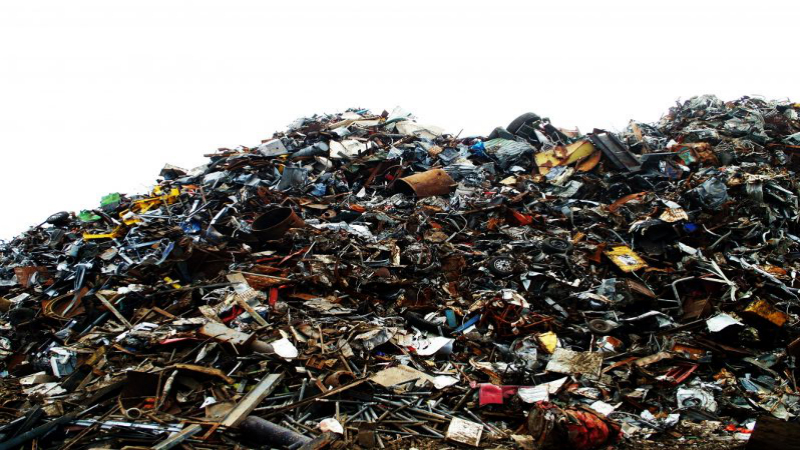Metal fabrication is a laborious, multi-staged process by which metal structures are built, involving cutting, bending and assembling the various pieces of metal into a coherent structure. Blacksmiths, the ancient metal forgers who worked wrought iron and shaped it into, among other things, weapons, grilles and furniture, laid the groundwork for modern metal fabrication. Generally, metal fabrication is the process by which the structural frames for buildings and the stairs and handrails within them are built. The product of sheet metal fabrication is also called a fabrication, and, interestingly, similar products formed by the processes of other types of metalworking are not referred to as such. Sheet metal fabrication can be separated into three distinct steps: cutting, bending and assembly, all of which must be done by skilled, experienced workers with an intimate understanding of their tools and materials.
Cutting
Cutting metal, whether manually or with power tools, is the first step in the sheet metal fabrication process. Depending on the needs of the project, metal can be sawn, sheared or chiseled into shape or alternatively torched with a hand-held torch. Common variants of hand-held torches are the oxy-fuel torch and the plasma torch, either of which can be used to fabricate sheet metal. Torches are also common numerical control cutters, machine tools automated by a computer program. Numerical control cutters, because they are extremely precise, can also use high-powered water jets or lasers to cut metal.
Bending
Big-city fabrication shops, such as those offering sheet metal fabrication in Buena Park, CA, often use powered hammers or press brakes to bend their sheet metal. Press brakes are also known as brake presses, and often use hydraulic pressing technology to form predetermined bends. Numerical control press brakes are common, as modern off-line programming software has made the process both efficient and cost-effective.
Assembly
Once the pieces of sheet metal are cut and bent into the appropriate shapes, they are assembled together to create the final product. The pieces of metal can be assembled through a combination of welding, adhesive binding or riveting in various quantities. Some metal shops even opt to assemble through further bending the pieces and creating a crimped seam not unlike those used to strengthen denim jeans, albeit on a much larger scale. A combination of skilled human labor and automation is commonly used at this stage of the fabrication process, offering the best of both worlds in terms of creativity and efficiency. However, skilled welders can and do regularly outperform mere machines, as a master welder will be able to reverse engineer solutions to complex problems and offer superlative customer service and support through their metalworking shop.







